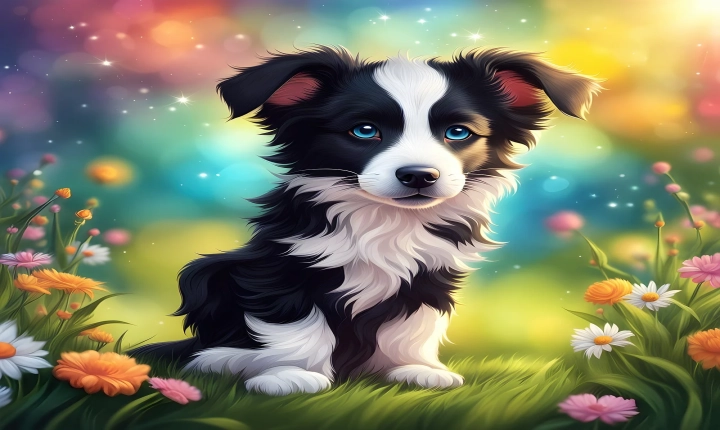Title: Can You Use AI to Illustrate a Children’s Book?
The world of children’s literature is constantly evolving, with new technologies offering exciting opportunities for innovation. One such technology that has the potential to revolutionize the way children’s books are illustrated is artificial intelligence (AI). Traditionally, children’s book illustrations have been hand-drawn, but AI now offers a promising alternative. But can you use AI to illustrate a children’s book?
The answer is a resounding yes. AI, with its ability to analyze data and learn from it, has advanced to the point where it can be used to generate stunning and unique illustrations that capture the imagination of young readers. AI can mimic the artistic styles of human illustrators, and through machine learning, it can create original and captivating visuals for children’s books.
One of the key benefits of using AI to illustrate children’s books is the efficiency it brings to the illustration process. While hand-drawn illustrations can be time-consuming and labor-intensive, AI can produce high-quality illustrations in a fraction of the time. This means that authors and publishers can bring their stories to life more quickly and cost-effectively, ultimately leading to a greater variety of books for children to enjoy.
AI also has the potential to expand the diversity of children’s book illustrations. By drawing inspiration from a wide range of artistic styles and cultural influences, AI-generated illustrations can offer a more inclusive representation of the world. This is particularly important for children’s literature, as diverse and relatable illustrations can help children from all backgrounds feel seen and understood.
Furthermore, AI-powered illustration tools can offer interactive features that enhance the reading experience for children. For example, augmented reality (AR) can be integrated with AI-generated illustrations to create a multi-sensory experience, where characters and scenes come to life on the pages of a book. This immersive approach has the potential to engage young readers in new and exciting ways, making the reading experience more interactive and enjoyable.
However, the use of AI in children’s book illustrations also raises some important considerations. There is a concern that relying solely on AI for illustrations could lead to a loss of the human touch and creativity that hand-drawn illustrations bring. It is essential to strike a balance between the convenience of AI-generated illustrations and the authenticity of traditional illustration techniques.
Additionally, ethical considerations surrounding AI must be addressed, particularly in relation to the protection of children’s privacy. As AI learns from data, there is a need to ensure that children’s personal information is safeguarded and that any AI-generated content is appropriate and safe for young audiences.
In conclusion, the use of AI to illustrate children’s books represents an exciting frontier in the world of children’s literature. AI has the potential to revolutionize the illustration process, offering efficiency, diversity, and interactivity that can enhance the reading experience for young audiences. While there are important considerations to be mindful of, the creative possibilities that AI brings to children’s book illustrations are undeniable. As technology continues to evolve, it is likely that AI will play an increasingly prominent role in shaping the future of children’s literature.
